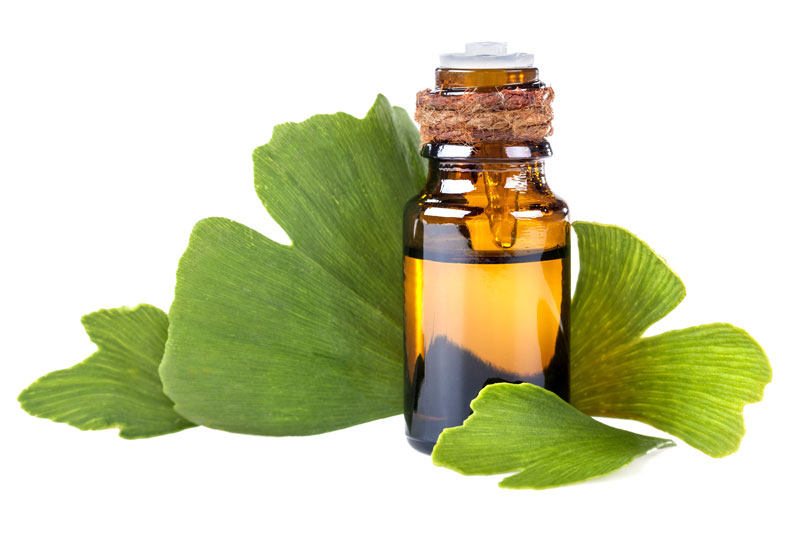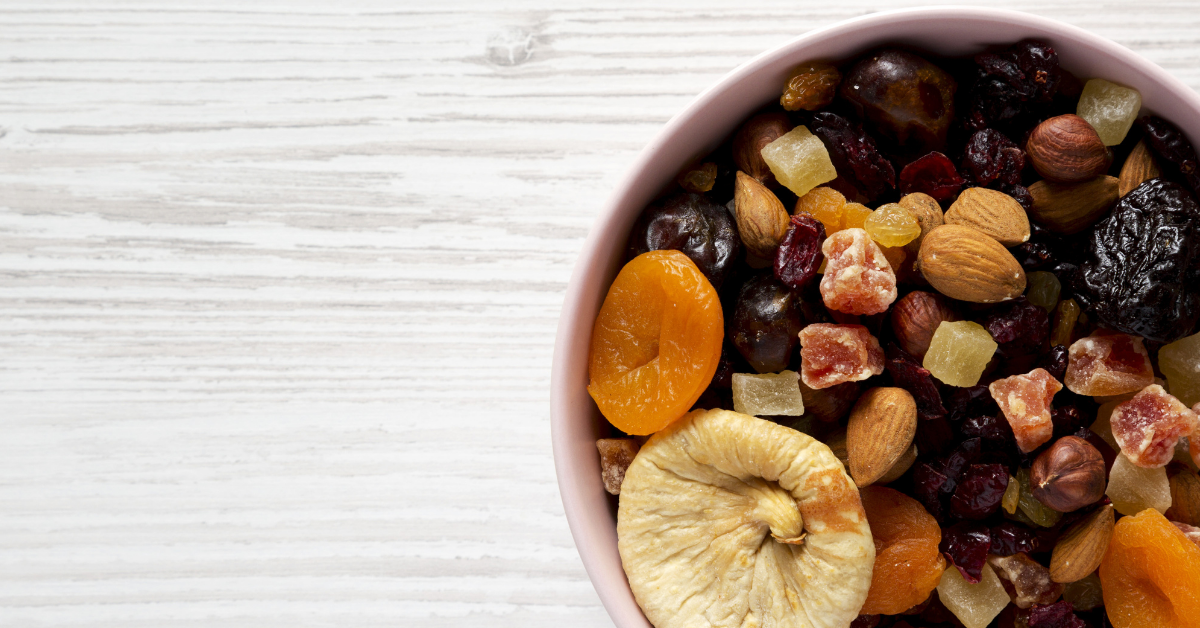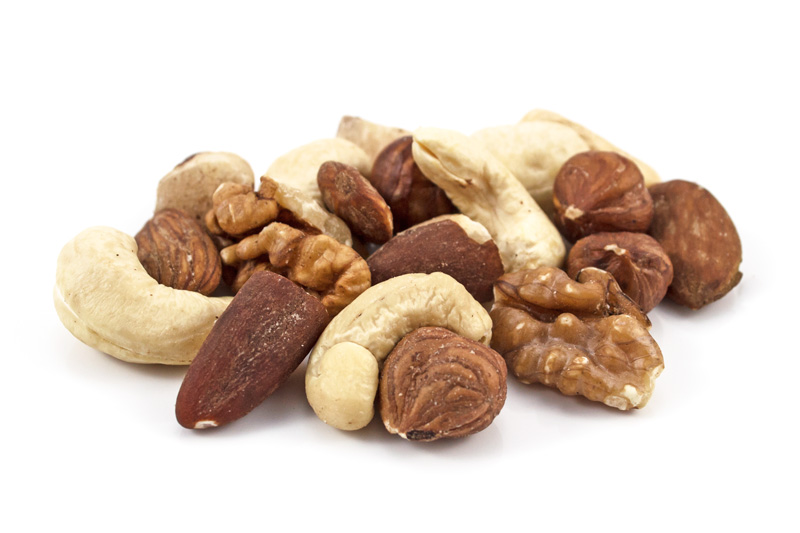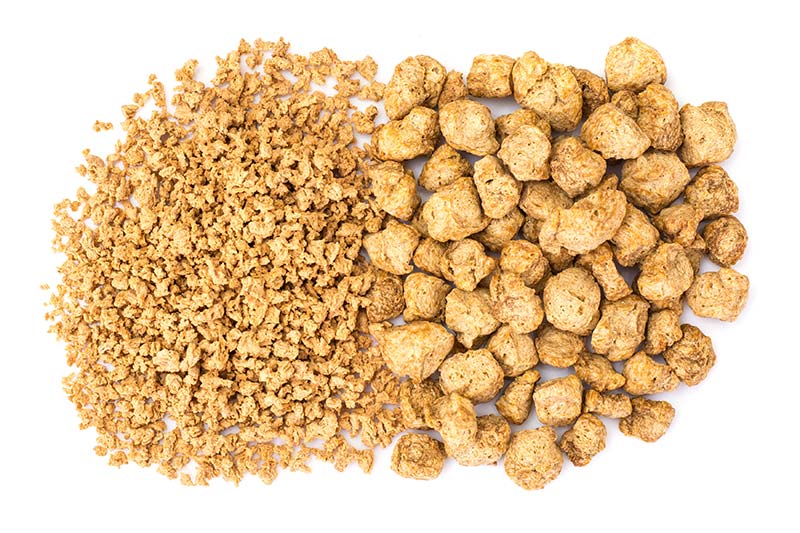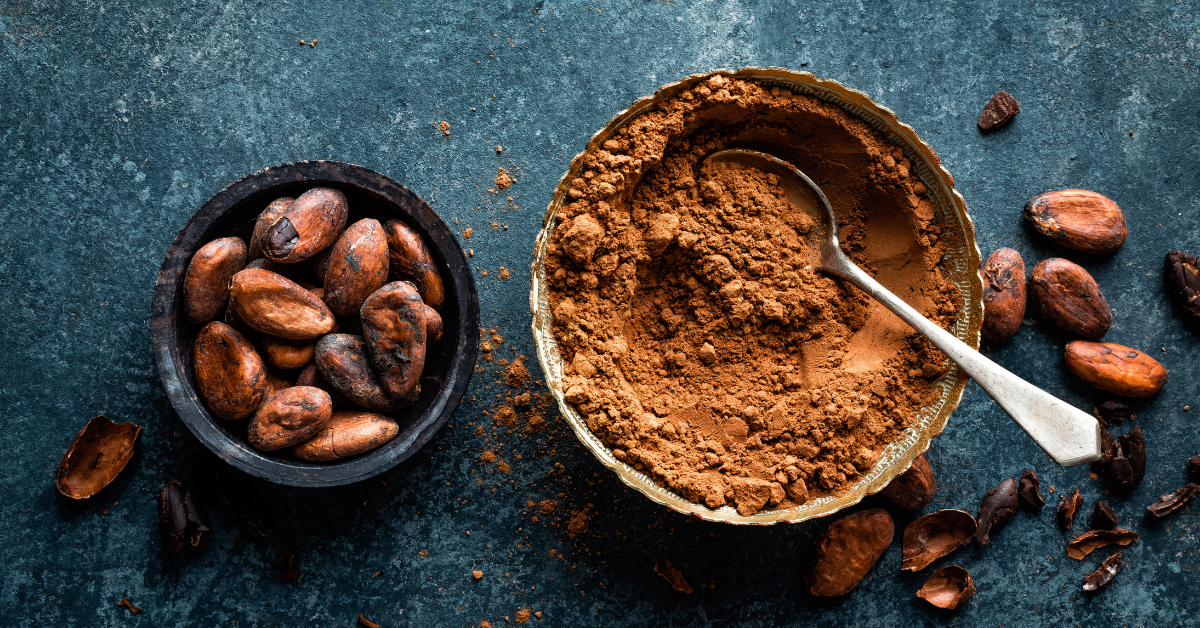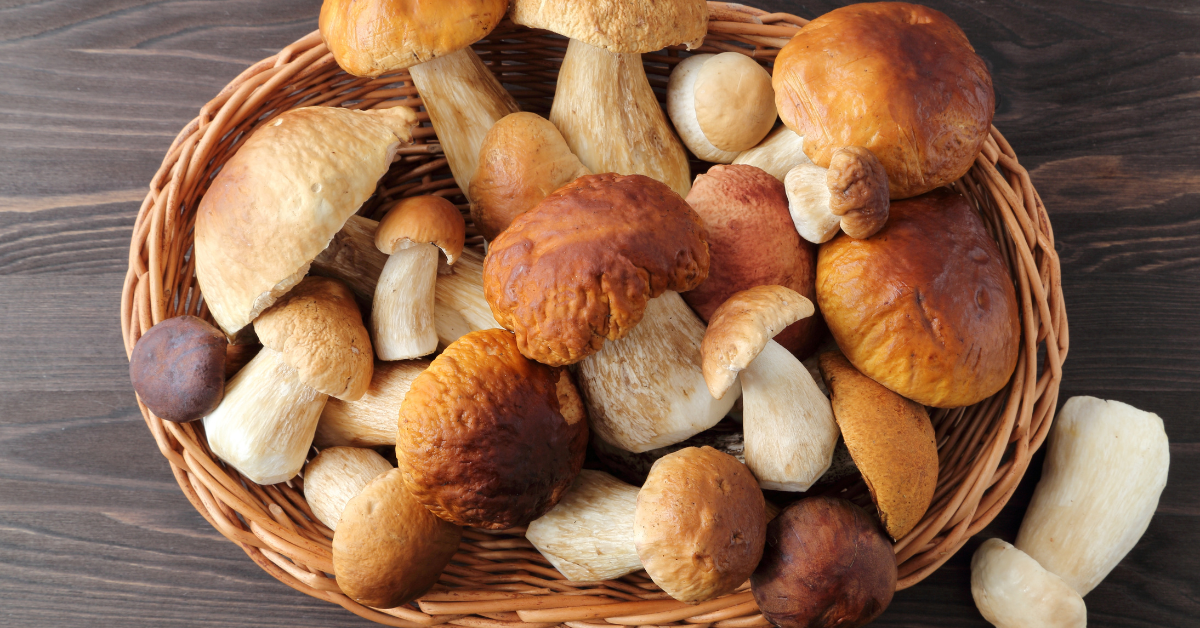Articles
Beetroot is a root vegetable with an enticingly sweet taste, but it’s usually used in a savoury way. It has a stunning nutritional profile and contains several amazing plant compounds which research has shown are hugely beneficial to human health.
The red beetroot plant, Beta vulgaris rubra, is hugely versatile – you can eat the green tops, which poke above the ground and make an excellent addition to salads – or beetroot seeds can be sprouted to make beautiful, nutritious microgreens. The fresh root can be boiled, steamed, baked, eaten raw or even made into crisps. Canny bakers know it can also be grated and added to cakes for colour, moistness and sweetness.
You may be a huge fan of pickled beetroot, or perhaps you prefer the fermented, probiotic-rich version, or even a refreshing glass of beetroot juice. You might be totally doolally for these delightful little crispy cubes of freeze-dried beetroot – or it could be you love adding beetroot powder to smoothies, snack bars or even bread dough. Whatever beetroot tribe you’re in, one thing’s certain: adding this delicious, nutritious root vegetable to your diet can have all kinds of wonderful effects on your health and wellbeing. Let’s look at the facts….
Read More »It’s said that gram for gram, Spirulina is the most nutrient-dense food in the world. But what is this mysterious dense green powder, and what are you supposed to do with it? Let’s have a look at the facts….
Spirulina is a blue-green algae which floats on lakes in tropical and subtropical regions of the world. It can be found in Africa, Asia and the Americas, and thrives in water with a high (alkaline) pH, deriving its energy from sunlight through the process of photosynthesis. We’re not sure who first had the idea to scoop this stuff up from the surface of a lake and consume it, but we’re glad they did! Spirulina is now classed as a superfood, and millions of people now use it to top up their levels of many fantastically beneficial nutrients needed by the human body to keep our biological processes running at their peak.
The Aztecs latched on to the huge health benefits of Spirulina many hundreds of years ago, and the United Nations declared in 1974 it was “possibly the best food for the future”. It’s currently undergoing a huge resurgence as a dietary supplement, as more and more people hear about this magical substance and try it out for themselves. So here’s what you can expect if you give Spirulina a try….
Read More »On 13th July 2021, British newspaper The Telegraph published an article by Xanthe Clay, titled “The truth about vegan food – and why it isn’t as healthy or as eco-friendly as you think”.[1] It struggled to land any significant blows against veganism and appeared to lament the rise in choices of milk at coffee shops and the growing selection of vegan products in supermarkets.
There seems to be a whole lot of misinformation being spread about veganism in the UK press, and The Telegraph is one of the main culprits, with headlines like ‘I gave up being a vegetarian and started eating meat again – to save the planet’ and ‘I gave up veganism and my health improved instantly’.
The Telegraph‘s editorial team seems to be attempting to cater to a demographic they’ve identified themselves: scared of change; discombobulated by too many choices; terrified of an imagined encroaching militant veganocracy which will set about banning their beloved foie gras canapés. We feel they are doing a disservice to their readership, who are cannier, more aware of nuance, and more adaptable than they give them credit for. So let’s look at some of the issues the article raises….
Read More »The Ayurvedic system of medicine was born in India many thousands of years ago, and handed down through oral tradition. It’s a ‘whole body’ system of medicine whose practitioners believe everything is connected, and good health comes about as a result of our mind, body and spirit being in harmony with the universe.
Many see Ayurvedic medicine as a form of healthcare which prevents disease instead of just reacting to it. It takes into account factors less commonly considered in Western medicine, such as emotional state, family relationships, food choices and even the weather. It recognises that each of us has a unique system of energies and that these life forces (or doshas) in combination with our bodily constitution (or prakriti) is the key to maintaining a healthy balance. It stresses the importance of massage, yoga and meditation as well as natural medicine.
Ayurvedic medicine uses a huge array of plants, including many herbs and spices. Modern scientific research has proved that many of these have awesome healing and health-giving properties. So let’s examine some of them to uncover the health benefits of Ayurvedic medicine….
Read More »Fruit is one of the most bountiful and enjoyable gifts from nature, but is dried fruit good for you? Well, great news – it’s superb for human health! Regular consumption of dried fruit supplies our bodies with essential vitamins, fibre, antioxidants and minerals. These can lead to significant lowering of the risk of all kinds of chronic conditions, such as heart disease, cancer and diabetes. Best of all, dried fruit is fantastically versatile and exciting as a cooking ingredient and as an addition to all sorts of dishes, both sweet and savoury. Drying fruit massively increases its shelf life, sometimes from mere days to many years, as it removes the vast majority of its moisture and therefore its capacity to spoil. Dried fruit snacks are pretty much the best way to snack – they’re healthy, light, portable and convenient, and by removing the moisture from the fruit, the flavour is intensified and the texture changes, making it truly delicious! So what are dried fruits? Allow us to take you through it, and show off some of the highlights from our range….
Read More »Are nuts good for you? Yes, they are! Nuts are fantastic little packages of fibre, protein, healthy fats and minerals. They’re so good for human health that even if they didn’t taste so utterly wonderful, we’d probably still eat them for their superb medicinal value. They’re not just great to munch as snacks, though – nuts are incredibly versatile, and you can use them to make milk, cream, sauces, desserts and even cheese. Many types of nuts also lend themselves wonderfully to grinding down for flour, and can be used in this form to make bread, cakes and biscuits.
Health-wise, although they’re calorie dense, eating a small handful of nuts every day can kickstart various biological processes whereby we actually lose weight. They can also help us maintain heart health, fight diabetes, improve our skin and hair, strengthen our bones and even improve the functioning of our brains. At Healthy Supplies, we spend ages looking for the very best nuts in the world so you don’t have to, so let us take you through some of our very finest examples…
Read More »Here at Healthy Supplies, we like to keep a close eye on developments from the world of nutrition, and the latest health research on various foods and the ways they affect the human body. We’ve done the investigation so you don’t have to!
The Covid pandemic has brought home to everyone that mental health is just as important for our wellbeing as physical health, and opened our eyes about how closely the two are intertwined. It’s a struggle for everyone to maintain health and happiness sometimes, but there are a few things the team members here do that we’ve found work wonders for us, and we’d like to share a few of these with you!
Read More »The soybean is one of the most widely cultivated crops on the planet. It’s extremely cheap and hugely versatile, and is consumed in various forms by billions of people every day. This humble bean has an impressive nutritional profile, and is relied upon as a major source of protein, fibre and essential minerals across East Asia and beyond.
In the West, most of us probably eat soy more often than we realise, as it has made its way into a vast number of products as an ingredient. It’s a mainstay of vegan and vegetarian diets especially, where it forms the basis of many meat alternatives, which draw upon its ability to replicate meat’s texture, mouth feel and deep, umami savouriness.
So let’s take a closer look at some of the main uses of this wonder-bean….
Read More »Cocoa and cacao are ubiquitous in any serious chef’s kitchen cupboard, and humans have been using these wonderful ingredients for many thousands of years, since the time of the Mayans and Aztecs, to make drinks, add flavour and depth to both sweet and savoury dishes, and of course as the pivotal ingredient in yummy chocolate.
Cocoa and cacao are full of flavonoids, powerful anti-inflammatory plant compounds which can protect us against chronic disease. But how are they made? Are you loco for cocoa, or do you prefer cacao, and what’s the difference, anyway? Which one is ‘raw? And what does ‘Dutch press’ mean?
Read on as we dive in and decode the data of this dreamy, delicious delight….
Read More »Mushrooms are wonderful – they’re mysterious, exciting, prolific, and can, depending on the variety, be delicious, deadly, imposing, bizarre or beautiful. They hold the soil together while dissembling dead organisms and redistributing their nutrients. They can grow to a gargantuan size – in fact, the largest living organism in the world is a fungus called armillaria ostoyae in Oregon, which is over 2000 years old, estimated to weigh up to 35,000 tons and covers 2,200 acres! Best of all, mushrooms are superb at providing a deep, umami savouriness to your supper, and all serious chefs should always have a supply of dried mushrooms, whole or powdered, in their store cupboard.
There’s also increasing evidence mushrooms can have monumental benefits for our mental health and physical wellbeing as well as making our taste buds rejoice. The mycologist Dr. Paul Stamets believes mushrooms can save the world and advocates using medicinal mushrooms (such as our excellent Organic 7 Mushroom Blend) daily to improve our brains, mood and temperament. Here at Healthy Supplies we advocate getting hold of some of our lip-smackingly deeply-flavoured Champignon Mushroom Powder, or whipping up a big helping of Creamy Mushroom Pasta!
So let’s have a closer look at eight different mushroom varieties and how to use them….
Read More »



